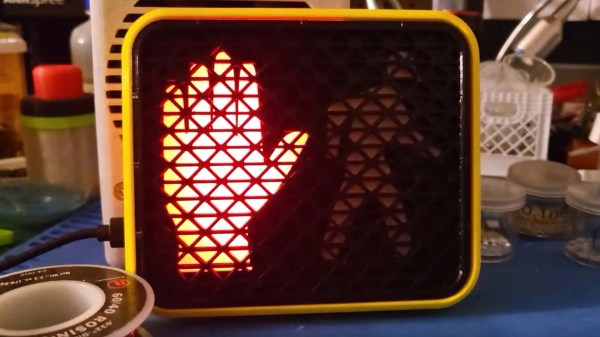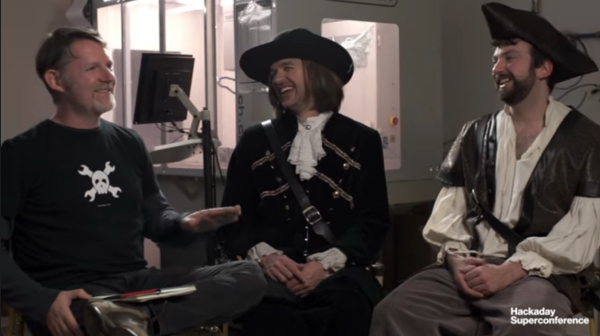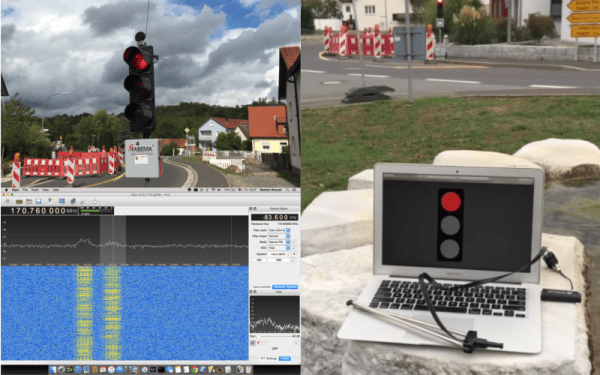
The traffic light is a ubiquitous feature of modern life and is quite old — dating back to 1868 London, although that device was a modified railroad semaphore operated by a policeman, but it was the same idea. The initial test of the signal proved disastrous.
The semaphore had gas lamps to illuminate the signs in the dark. A gas leak caused one of the lamps to explode, badly burning the operator and ending the nascent invention for a while. In 1910, American inventor Ernest Sirrine worked out an automatically controlled traffic signal. Two years later, Lester Wire, a police officer, developed a different version powered by overhead trolley wires to light the signal. A 1917 patent by William Ghiglieri also had two lights — red and green. But where was the yellow light?
Continue reading “Tech In Plain Sight: What Does A Yellow Light Mean?”














